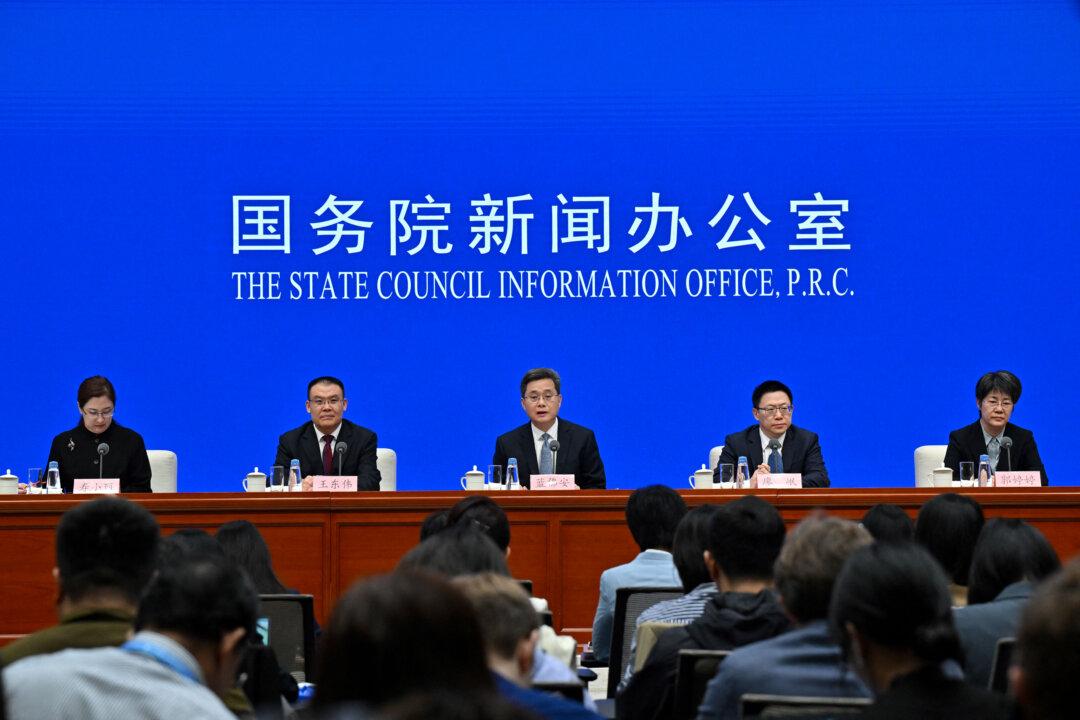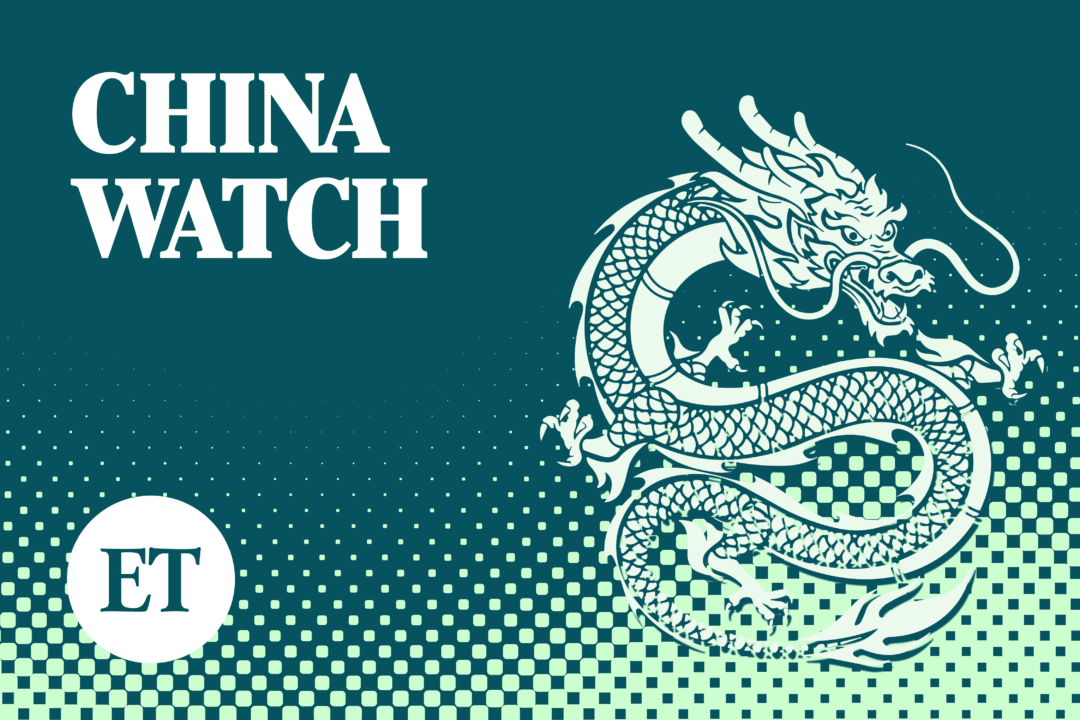News Analysis
After announcing an injection of about 2 trillion yuan ($283 billion) into China’s ailing economy in late September, Beijing has kept the world waiting for a significant spending package as a follow-up to the huge monetary stimulus.
However, at high-profile press conferences on Oct. 8 and Oct. 12, senior leaders discussed an upcoming fiscal stimulus extensively, but stopped short of specifying details.
As the market anticipated an accompanying fiscal policy to stimulate spending, experts pondered the necessary scale.
Prominent economists in China, including Jia Kang, dean of China Academy of New Supply-side Economics and a former Ministry of Finance official, and Liu Shijin, a former senior State Council official, told Chinese media the number would need to be 10 trillion yuan ($1.42 trillion), or about 8 percent of China’s 2023 gross domestic product (GDP).


